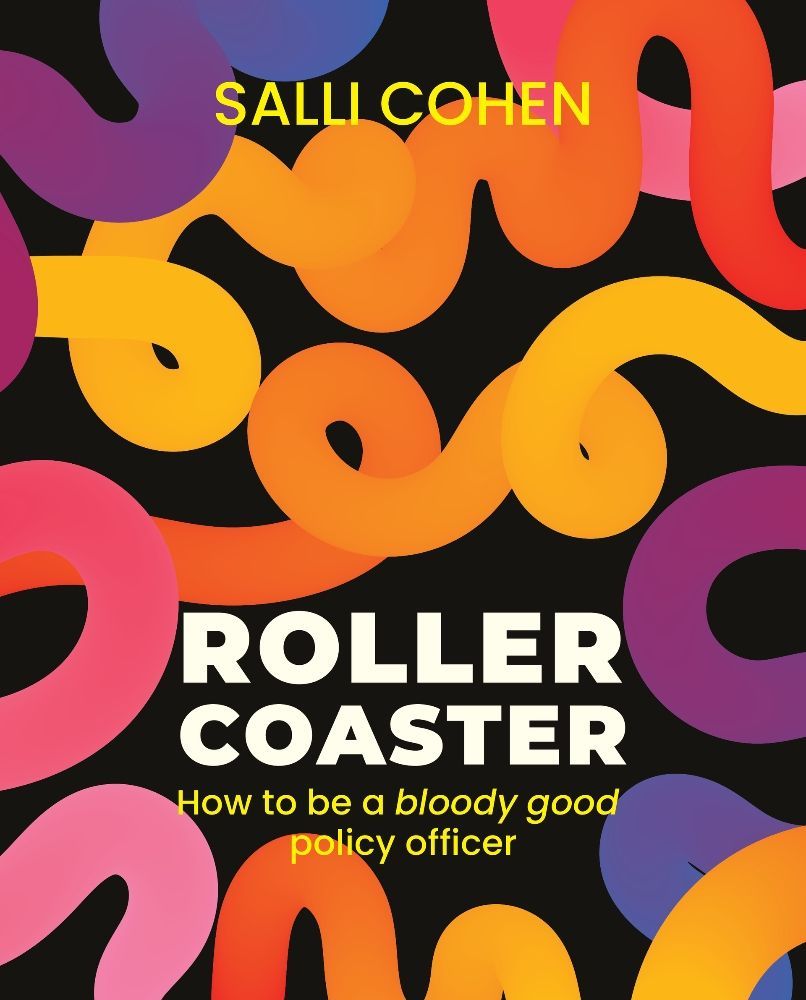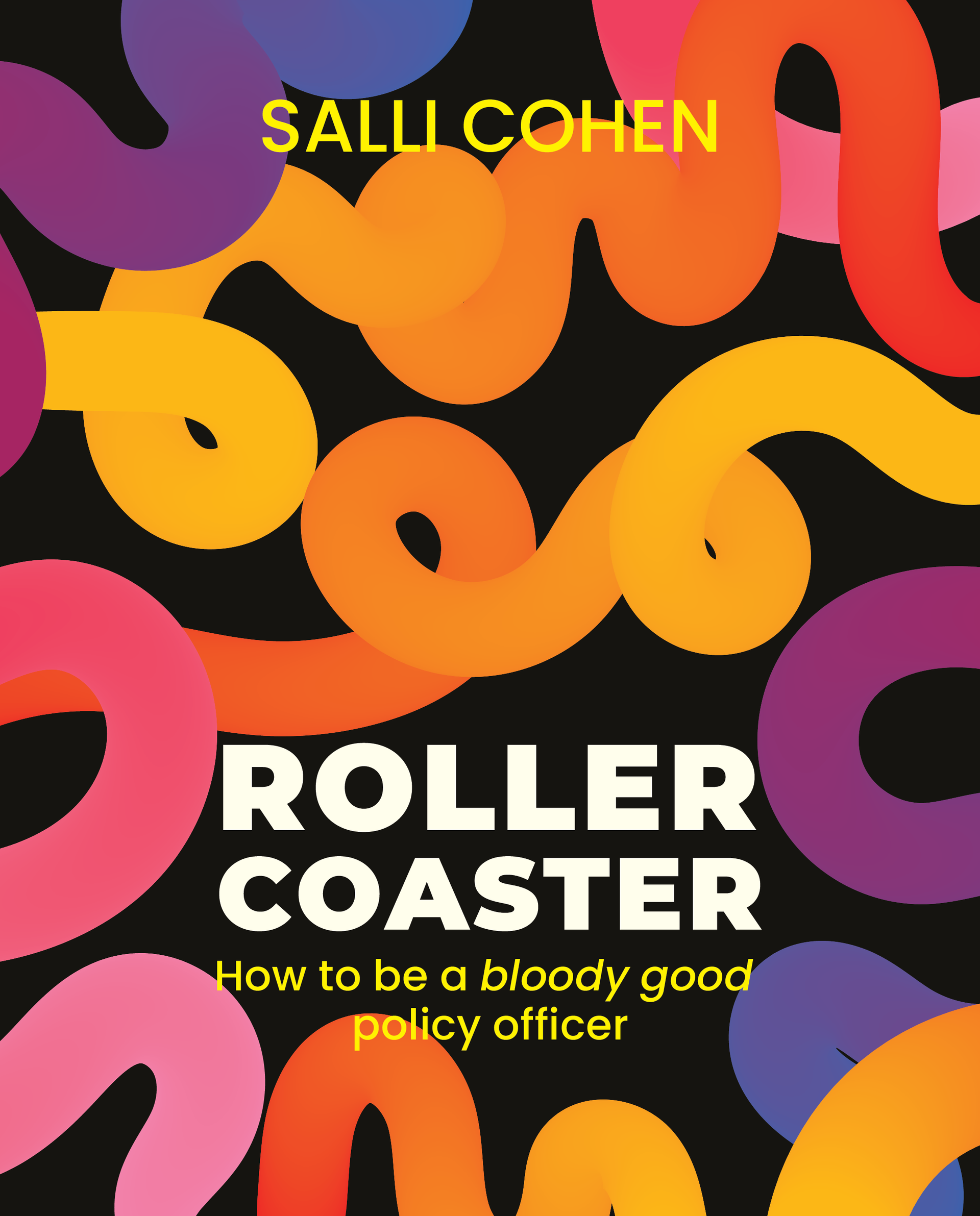How to back a policy winner – numbers, stories or both?
The word on the street (and a whole stack of research and public expectation) is that policy needs to be evidence informed or evidence based (these terms are often used interchangeably). So, what does this mean? Simply, it means we don’t develop policy based on our personal opinions, biases or assumptions. We must develop our policy from a mix of quantitative and qualitative data and from multiple sources. Let’s break this down.
01. Quantitative data:
Quantitative data, or ‘quant’ to close friends, is all about the numbers – statistics, percentages, ratios, numbered codes. Quant data is usually presented in tables, graphs, charts and maps. Quant provides insights into how things are tracking – the percentage of grey nomads traveling in Australia versus those spending their retirement dollars overseas, how many Aussie kids are tracking at the expected level of literacy and numeracy for their age, the number of people who have had their flu shot, the number of seats won, held and lost on election night, the interest rate (ouch).
02. Quantitative data:
Qualitative data (yep ‘qual’ to its buddies) is all about the narrative. Qual provides the stories behind the quant. Think back to Covid-19. Daily and sometimes hourly the media would report on Covid-19 data – the number of people vaccinated and the number of people who weren’t, the number of hospitalisations, the number of deaths, how many vaccines were available in Australia and when the next batch was due to arrive. A lot of this was quantitative data – numbers, percentages, ratios. And then we started to learn more about the why and the how – the qual, that also picks up the who, when and what. Why there was a delay in vaccines arriving in Australia. Why some were choosing not to get vaccinated. How children’s learning was being impacted by successive lockdowns. Why some businesses were not allowed to operate, and others were. Why we needed to wear masks, wash our hands all the time, keep a physical distance from each other.
03. Is one type of data better than the other?:
Short answer, no. As with the above examples both data are useful in different scenarios, and in policy you will use both to meet different needs. What’s important in policy is having enough data from a range of sources to build a solid understanding of the problem, what to expect to see from the solution and of course data will provide the insights as to whether the policy solution has solved or is on track to solving the problem.
04. Data triangulation (fancy schmancy terminology!):
Data triangulation is when data is used from a variety of sources. This is valuable and necessary to ensure a policy position is not based on one academic paper, one stakeholder engagement, one expert’s advice. You need a range of data from different sources that confirms findings – it’s telling the same quant and qual story – and this is useful to demonstrate why a solution will or won’t work. Developing evidence based or evidence informed policy, positions you to provide robust policy advice and recommendations.
05. Data proxy:
Sometimes there isn’t a specific data source for what we need. In these instances, we need to rely on a data proxy, which is a comparable substitute. I strongly encourage you to get data expert advice on this – this is not something you want to guess.
Conclusion:
Data is a massive part of policy, and we can’t develop policy without it. We need data to develop, implement and evaluate policy. Qualitative (narrative) and quantitative (numbers) provide great insights for your work. At first, data can be a bit overwhelming though overtime you will make your peace with them, which doesn’t mean you have to be a data expert. It’s important to engage data experts in policy development. They’ll know where to find the data, what data is telling you and what it’s not.

